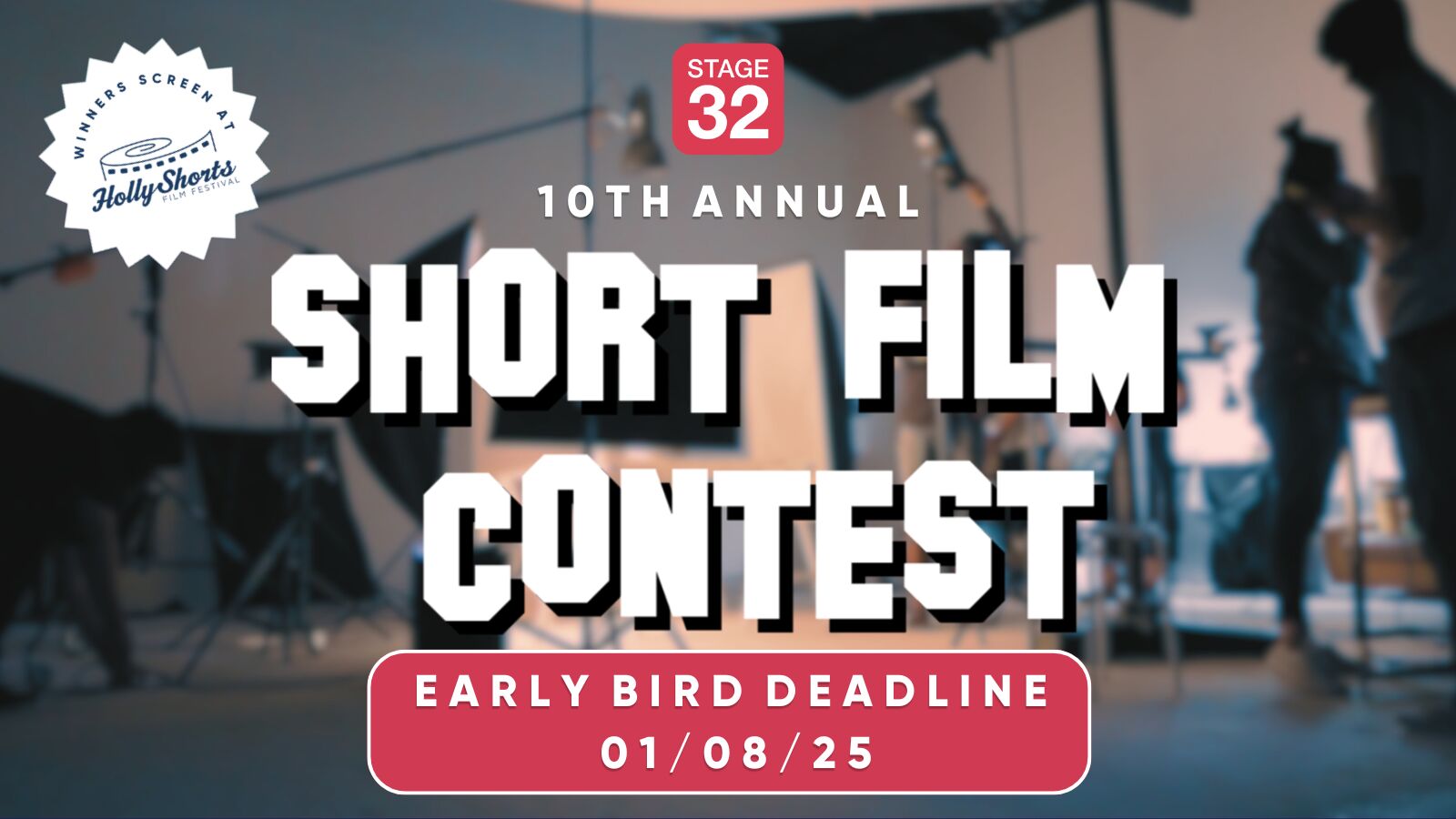Working with writers and directors, we spend a lot of time discussing characters, settings, time periods, set pieces, action sequences, and more, designing each of them to have the right textures, colors, dynamics to bring our story to life, to make it the very best it can be.
But... what about props?
Where would our stories and characters be without those essential tools that help them get the job done and -- with a little flair and dimensionalization -- become iconic extensions of the characters themselves.
After all, who is Luke Skywalker without his lightsaber? Indiana Jones without his whip? Dorothy without those ruby red slippers? Doc & Marty without the DeLorean? The Man with the Golden Gun without the-- well, you know what I mean. Needless to say, the examples go on and on...
But it's not enough to have a prop, tool, or object that simply looks cool or interesting on its face. The very best ones -- the ones that become legendary, that become signposts for the entire movie/franchise -- are props that have character.
But how can we give props character?
There are, of course, a number of ways to do this. But as a singular exercise, let me share this: a very successful writer I know has a little trick he uses when he wants to make a prop memorable, a simple trick that is based on the following statement:
An object is far more interesting narratively when it DOESN'T work like it should, than when it does.
Think about it: Dorothy tries to click her heels to return home, but it doesn't work... and thus she must carry on with her adventure. The DeLorean stalls out at key narrative moments. In Man on Fire, Denzel's gun fails to fire when he tries to commit suicide, where as Ralphie's Red Ryder BB gun nearly does shoot his eye out (which I'll call a "failure" from Ralphie's perspective) in A Christmas Story.
And an object can "not work" in more than just a literal sense -- it can malfunction in ways that serve the narrative or, oftentimes, the comedy. Take Superbad: McLovin's iconic fake ID is a prime example of a prop "failing," but in a way that serves the comedy more so than the character's literal agenda. When director Greg Mottola gives the audience that close-up of the world’s worst fake ID, it's hard not to break out laughing.
(A similar takeaway could be applied to the stalled-out Volkswagen van in Little Miss Sunshine.)
So -- as you strive to elevate your story and bring depth and richness to every element in your script -- don't forget the props. When constructed with care, you may end up with the next Pulp Fiction suitcase, the Wilson volleyball, or a Legally Blonde fuzzy pen.
And hey, when in doubt: just break it!



2 people like this
Excellent post, Ryan Christians! Thanks for sharing the tricks! I'm gonna try them.
5 people like this
@Ryan Great share thanks! An early example of a car used as prop was in a Charlie Chaplain film, sorry can’t remember name. A Rolls was parked empty except for chauffeur beside a fancy hotel. A tramp ran through passenger side exiting hotel foyer to be greeted by servants & carted off to a banquet then lived like a king rest of day. Re the briefcase in Tarantino’s masterpiece. The watch also was cool cos it brought a sentimentality to character of butch. A film I felt the most power of what an object can symbolise or portray was The Piano. Not only was it protagonists voice, true self & method of escapism but it served the plot on different levels and also exposed the truth behind other characters. EG Antagonist amputates her finger cos not playing it is worst he can make her feel. Someone here should do a masterclass on the subject or has anyone already done one? Far from being inanimate objects props of all sizes can be overlooked as mere background.
4 people like this
Nakatomi plaza is also a great example and a credit to the director and team who actually gave it a presence and persona as it was also the antagonist and at times the protaganist.
2 people like this
I never thought about props like that before. The idea of them having character is dope.
Definitely gonna keep this in mind...Appreciate the insight!
3 people like this
the totem in Inception is another example of how even tiny props can give your script so much more texture and help you mine for deeper meaning!
1 person likes this
I forgot aout that Pat Alexander and you are spot-on!
1 person likes this
Thanks for the interesting read and insight Ryan Christians